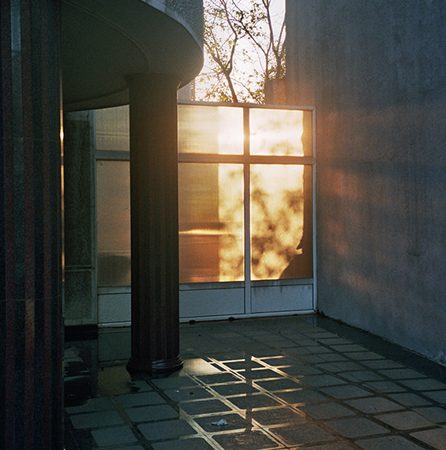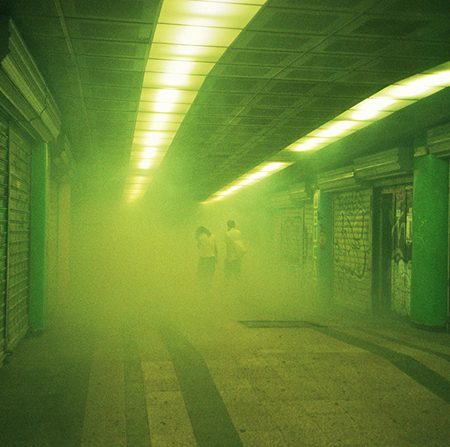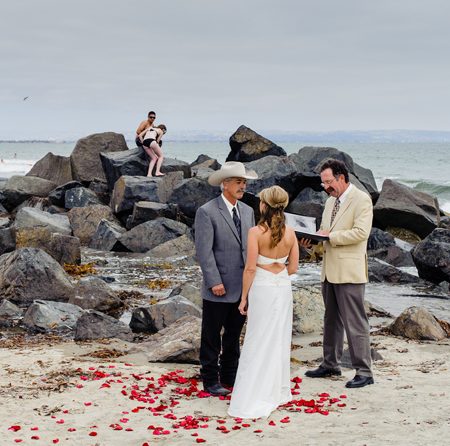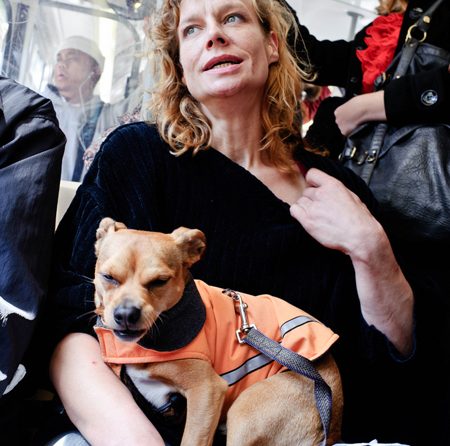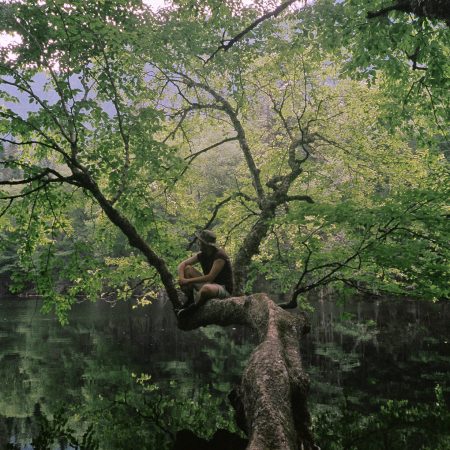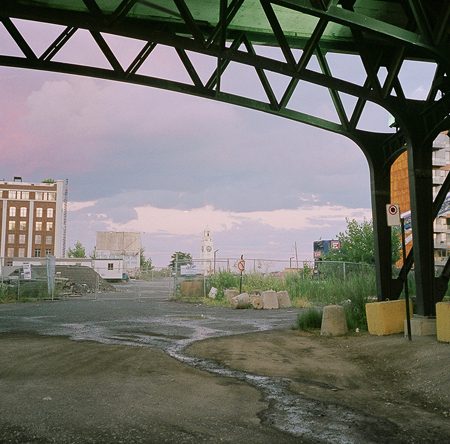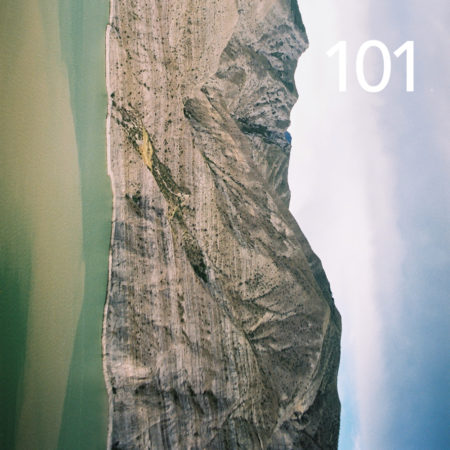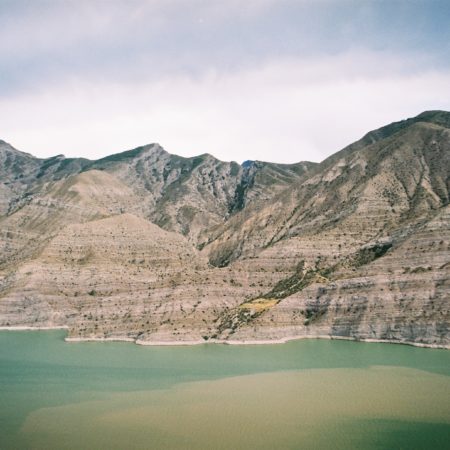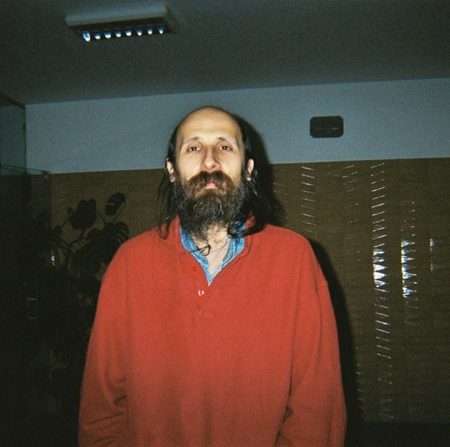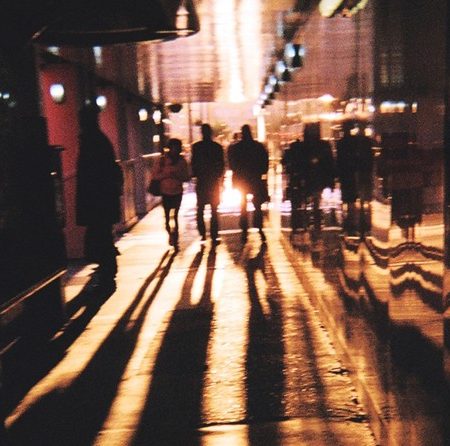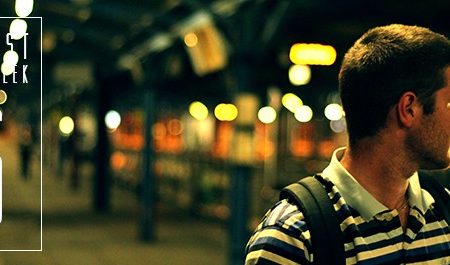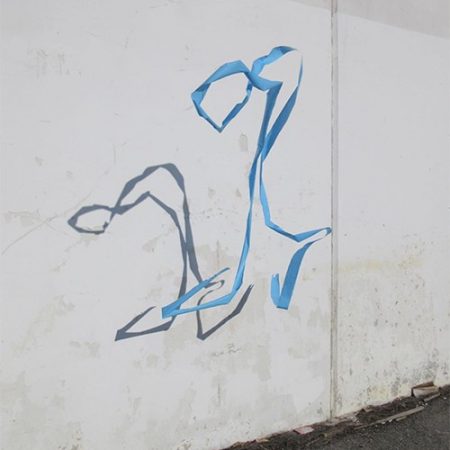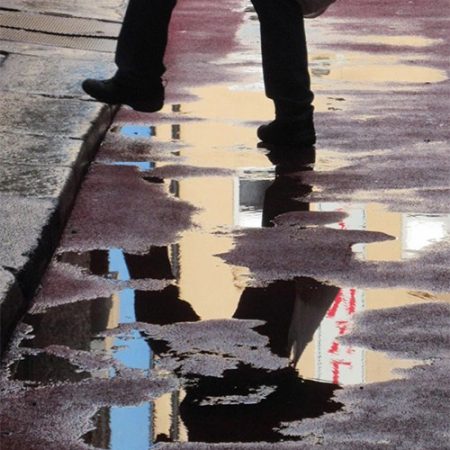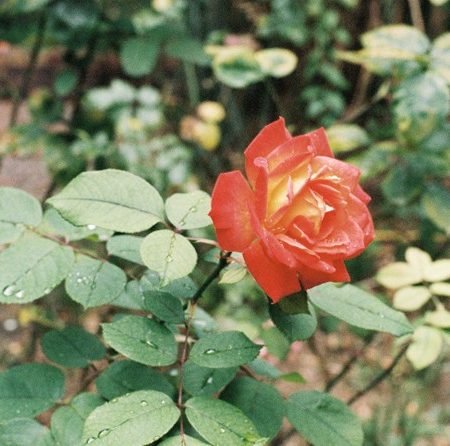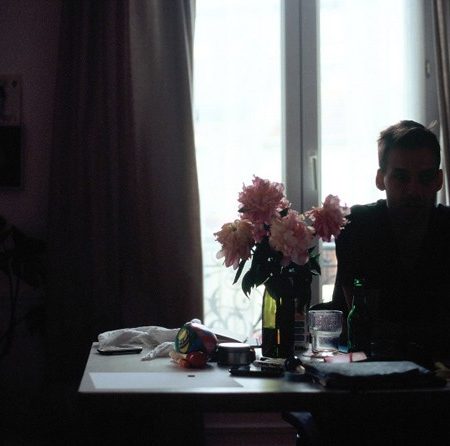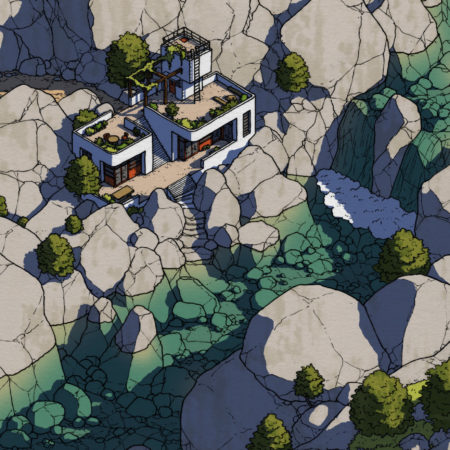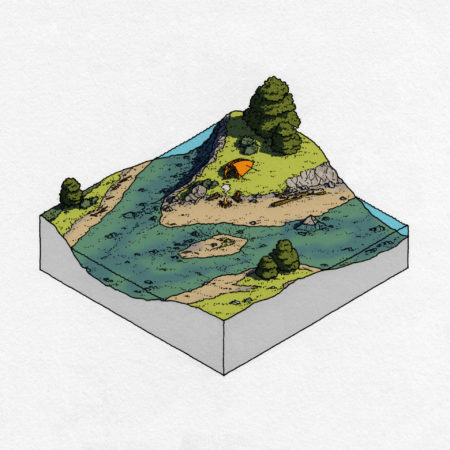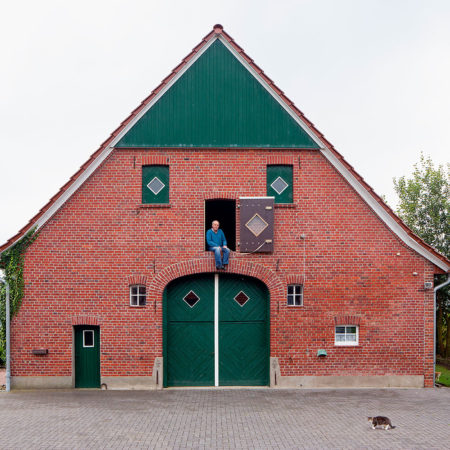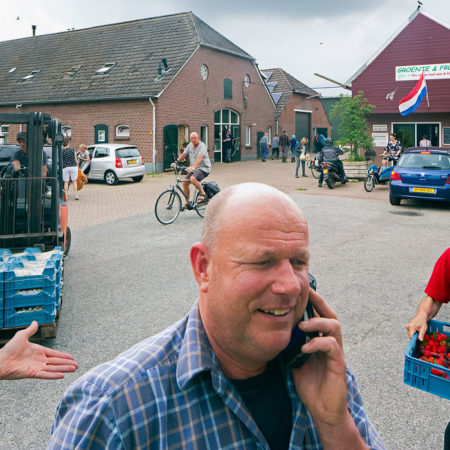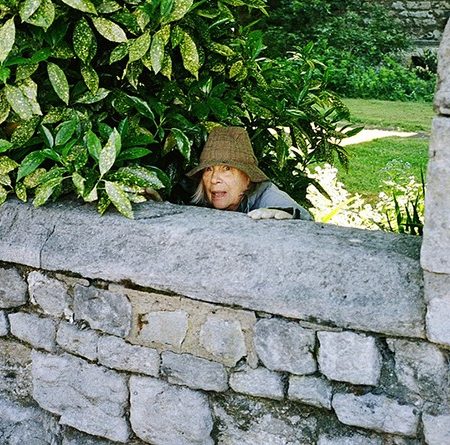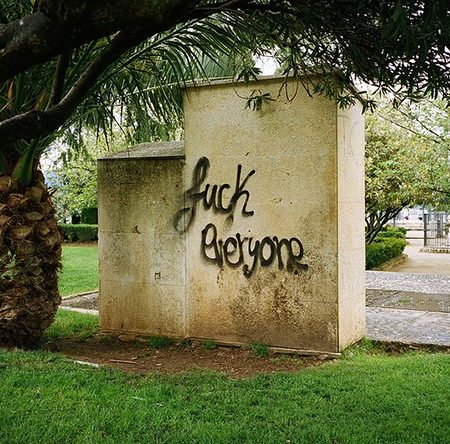Roland Icking
PHOTO . September 7th, 2017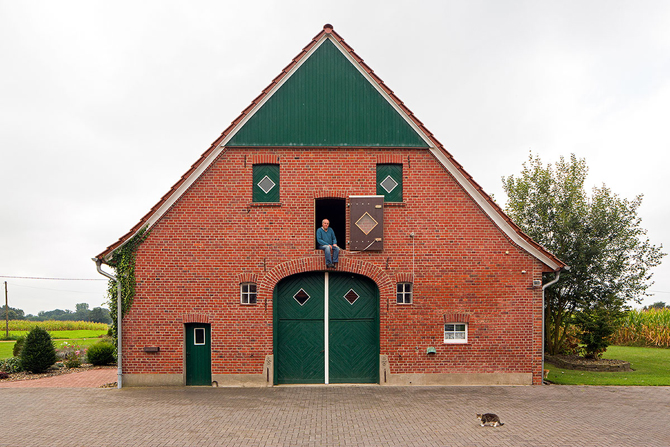
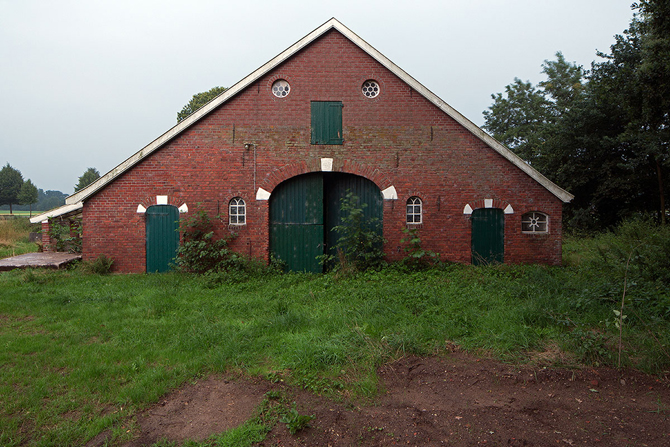
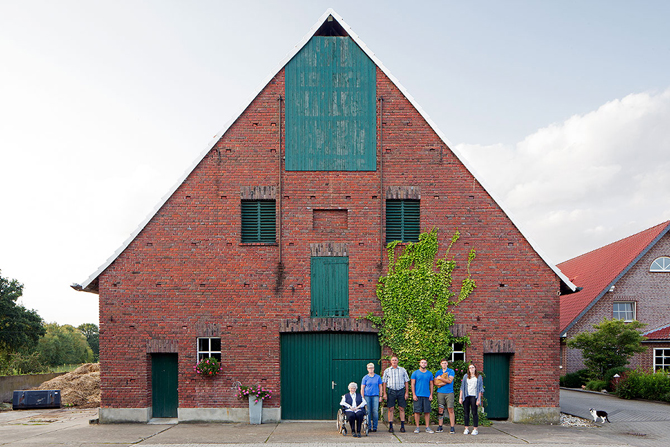
Sometimes ago, the German photographer, Roland Icking, sent me a photography series about farm houses looking like abstract faces. I asked him to introduce his project and tell us more about the background of 6 selected images.
__________________
This project is about farm houses that look like abstract faces and the people and animals living in them. The houses are located in the German-Dutch border area (the region of the city of Borken on the German side, and Achterhoek on the Dutch side).
I grew up in this area, on the German side. I moved away from there 20 years ago, and only recently realized that many of the farm houses on both sides of the border actually look like abstract faces. I started working on this project in 2013 and have returned for every holiday since.
In the beginning, it was meant to be a photographic documentary of architecture, and I just photographed the buildings. Then I started asking the people to be in front of the camera. Another step was expanding the digital options. I tried capturing more of the farm as a whole and asked the people to act and interact with each other and the animals to create a little story related to the farm’s personality.
I remember the drawings I made as a child: of a house, mom, dad, kids, dog, car, tree, clouds and a smiling sun. I think these photos have a lot of those early drawings.
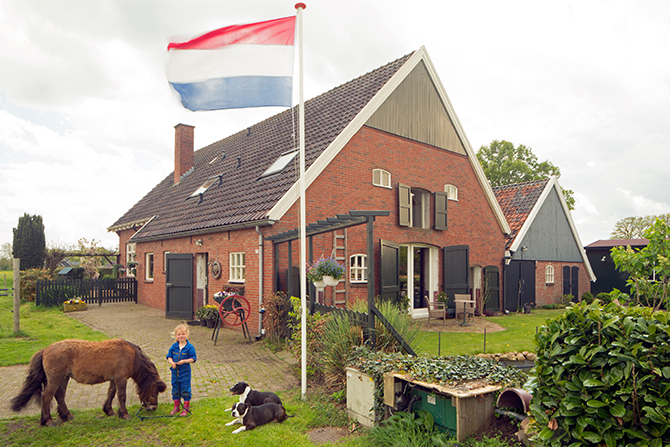
05-05-2015, The Netherlands, Winterswijk-Kotten
This farm house is just 300 meters away from the border. The flag is hoisted because it’s Liberation Day, celebrating the end of the occupation of the Netherlands by Nazi Germany in 1945. When I first came there and talked to the owner of the farm (who is the grandfather of the little girl) and introduced myself and my project, he immediately switched to German, because he is very interested in Dutch-German dialogue. I began learning Dutch just a couple of years ago because I wanted to do my project on the Dutch side as well. Nearly everyone I talked to agrees that the Dutch side of the border has much more beauty than the German side. Unfortunately, he, his wife and their daughter didn’t want to be in the photo, but I like the way the power boxes and the pipes are hidden..
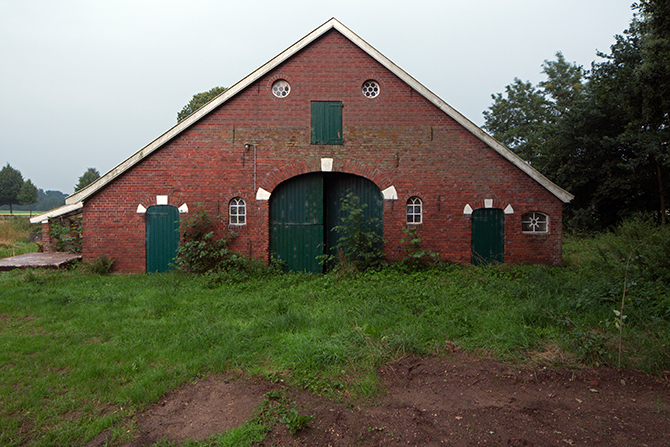
31-08-2015, The Netherlands, Aalten-Barlo
This is a neglected farm house in Aalten. Its facade has a very well articulated face as the top round windows clearly look like eyes. That’s very typical for the Dutch side – I haven’t seen it on the German side yet. At first sight, facade and roof look symmetrical, but they aren’t. I took the picture on a rainy and stormy evening, hoping to capture flashes behind the house, but none emerged. The building was torn down just a few weeks later.
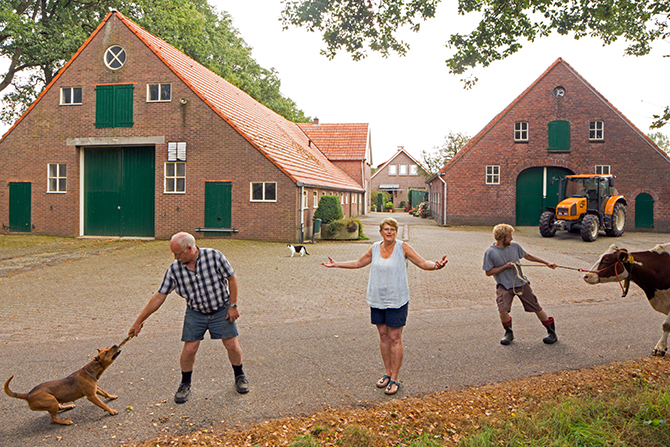
16-09-2016, The Netherlands, Berkelland-Rekken
When I first discovered this farm, which is very close to the town of Vreden on the German side, I was electrified. I had seen several farms with two face facades, but they were usually connected. This farm had faces on two disconnected facades, and both create a kind of canyon that leads to the residential part of the farm. Both buildings are in original condition, all panels painted in the traditional green shade – just great. However, I usually look for farms that are unique beyond just being in original condition. This photo is a collage of four different acts: first, we shot the son and cow, then father and dog, the third is with the mother in the middle, number four the cat. I was running out of time and struggling with lighting (there was no direct sun light). In the end, I had about 1000 photos, but we all questioned their quality. Back in Vienna, I reviewed the materials and realized that my doubts had been unjustified.
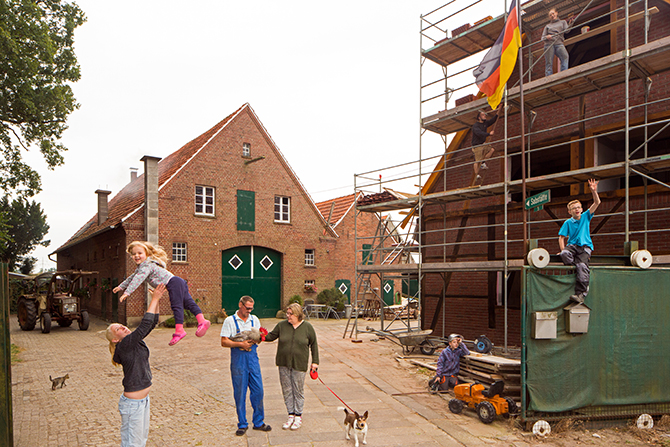
17-09-2016, Germany, Ahaus-Sabstätte
This is a photo of a family of craftspeople building a new house on their own in a traditional design. The scene reminds me a bit of the Raft of the Medusa by Theodore Gericault. The orange toy truck in front of the photo has been put there just for the composition. On almost every farm I visited, even the smallest boy was able to handle the biggest tractor.
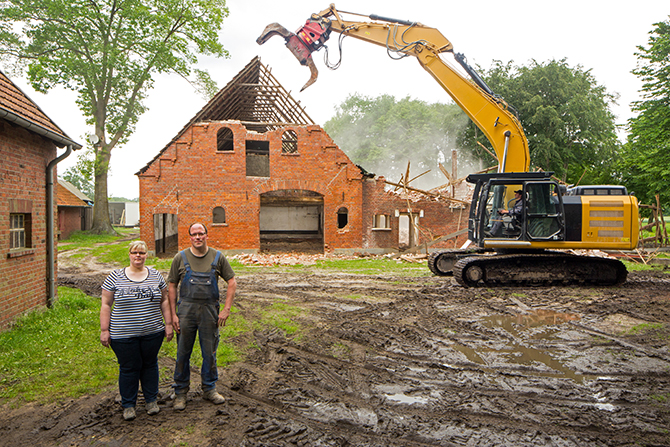
31-05-2016, Germany, Vreden-Ammeloe
I always wanted to shoot a farm house being torn down, and on that day I seemed to be lucky. The camera’s perspective here still includes the right building, which used to be the home and was bigger than the cowshed on the left and had a beautiful Dutch ornamental design. At first I was disappointed that the workers didn’t wait until I had finished my photo, but afterward, I realized that capturing the removal of the other building made it better. Then, during the workers’ lunch break, I sensed a unique opportunity. Some clouds were covering the sun, and I asked the operator to drive his demolition digger to the front of the building (on the photo the digger is actually too far away to snatch the roof, and the face of the cowshed looks like a scream). Then I asked the owner and his wife to be in the photo for me. While I was shooting them, the demolition digger started moving again on the other side, producing the smoke you can see in the final photo. So the final image is a photoshopped collage of a basic photo of the couple, building, and smoke, and another photo of the demolition digger.
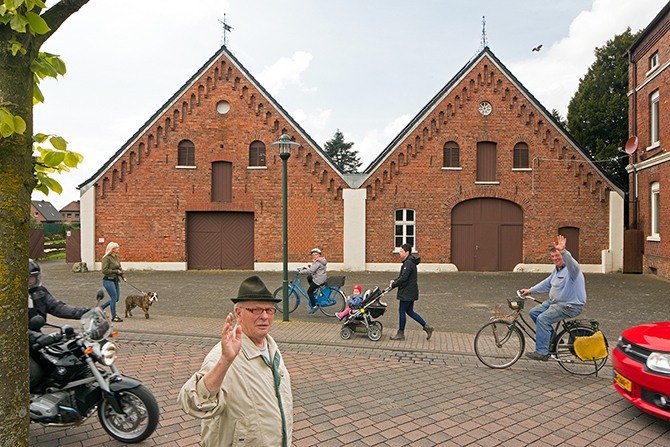
03-05-2017, Germany, Südlohn-Oeding
These two connected cowsheds were built in 1895. They are probably one of the oldest farm houses with abstract faces in the Borken region on the German side. They belong to the building which is cut on the right and which used to be a hotel, located right in the center of the village. Its ornaments make it one of the nicest buildings around and in my opinion, it deserves to be a landmark. The owner is an old man, and he allowed me to shoot his buildings but didn’t want to be in the photos. That inspired me to compose a more urban scene with traffic and pedestrians. It seems that people in rural areas are suspicious of foreigners anywhere in the world, but it can also happen that a stranger will say hello to you. I wanted to bring out that aspect.
